Author: Jordan Folks
Discovered in the St. Joe River Valley of Idaho by Yakima Quality Hops owner, Tim Sattler, Elani is believed to be the result of an open cross-pollination of hop plants grown by miners and loggers in the late 19th and early 20th centuries. Brewers of modern hoppy styles have taken a liking to Elani for its ability to impart beer with pungent tropical fruit and citrus notes, as well as a clean bitterness from its relatively high alpha acid content.

Alpha: 8.8%
Beta: 5.7%
Cohumulone: 35% of alpha acids
Total Oil: 2.1 mL/100g
Myrcene: 53.76%
Humulene: 9.7%
Caryophyllene: 5.2%
Farnesene: unknown
Linalool: 0.62%
Geraniol: < 0.25%
ß-Pinene: 0.91%
Parentage: cross-pollination of unknown hops
As an admitted hop-head, the descriptions of Elani certainly piqued my interest, and I was quick to pick some up following the 2023 harvest. Curious to learn more about this relatively novel variety, I decided to first use it on its own in a simple American Pale Ale, which would be served to tasters for evaluation.
| MAKING THE BEER |
I went with our standard Hop Chronicles Pale Ale recipe for this batch, making minor adjustments to the kettle hop additions to keep the bitterness in check.
Elani Pale Ale
Recipe Details
| Batch Size | Boil Time | IBU | SRM | Est. OG | Est. FG | ABV |
|---|---|---|---|---|---|---|
| 5.1 gal | 60 min | 39.2 | 4.3 SRM | 1.051 | 1.009 | 5.51 % |
| Actuals | 1.051 | 1.009 | 5.51 % | |||
Fermentables
| Name | Amount | % |
|---|---|---|
| Pale 2-Row Malt | 10 lbs | 83.33 |
| Vienna Malt | 2 lbs | 16.67 |
Hops
| Name | Amount | Time | Use | Form | Alpha % |
|---|---|---|---|---|---|
| Elani | 28 g | 60 min | Boil | Pellet | 5.5 |
| Elani | 14 g | 30 min | Boil | Pellet | 5.5 |
| Elani | 28 g | 10 min | Boil | Pellet | 5.5 |
| Elani | 57 g | 2 min | Boil | Pellet | 5.5 |
| Elani | 57 g | 2 days | Dry Hop | Pellet | 5.5 |
Yeast
| Name | Lab | Attenuation | Temperature |
|---|---|---|---|
| Flagship (A07) | Imperial Yeast | 77% | 60.1°F - 72°F |
Notes
| Water Profile: Ca 79 | Mg 5 | Na 10 | SO4 131 | Cl 40 |
Download
| Download this recipe's BeerXML file |
I started off my brew day by flipping the switch on my controller to heat up the RO water I’d previously adjusted to my desired profile before weighing out and milling the grain.
When the water was properly heated, I incorporated the grains and set the controller to maintain my desired mash temperature of 148°F/64°C.
During the mash rest, I prepared the kettle hop additions.
Once the 60 minute mash rest was complete, I removed the grains and proceeded to boil the wort for 60 minutes before quickly chilling it with my JaDeD Brewing SS Coil Hydra.
A refractometer reading showed the wort was at my target OG.
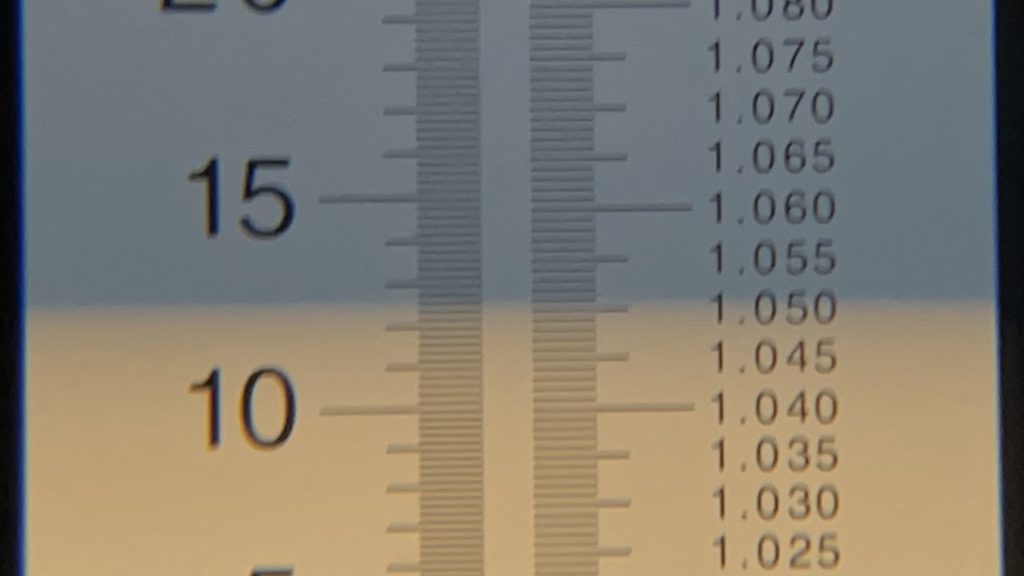
Next, I pitched a pouch of Imperial Yeast A07 Flagship into the wort.
After 4 days of fermenting at 66°F/19°C, I added the dry hop charge then left the beer alone for another 2 days before taking hydrometer measurements confirming FG had been reached.
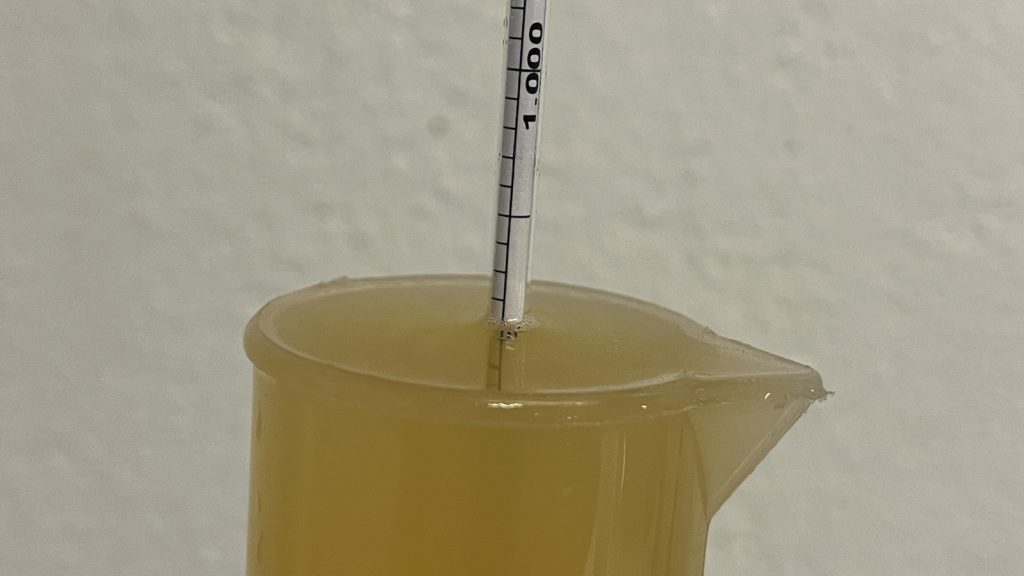
At this point, I pressure-transferred the beer to a CO2 purged keg that was placed in my keezer and burst carbonated overnight before I reduced the gas to serving pressure. After 10 days of conditioning, the beer was carbonated and ready to serve to tasters.
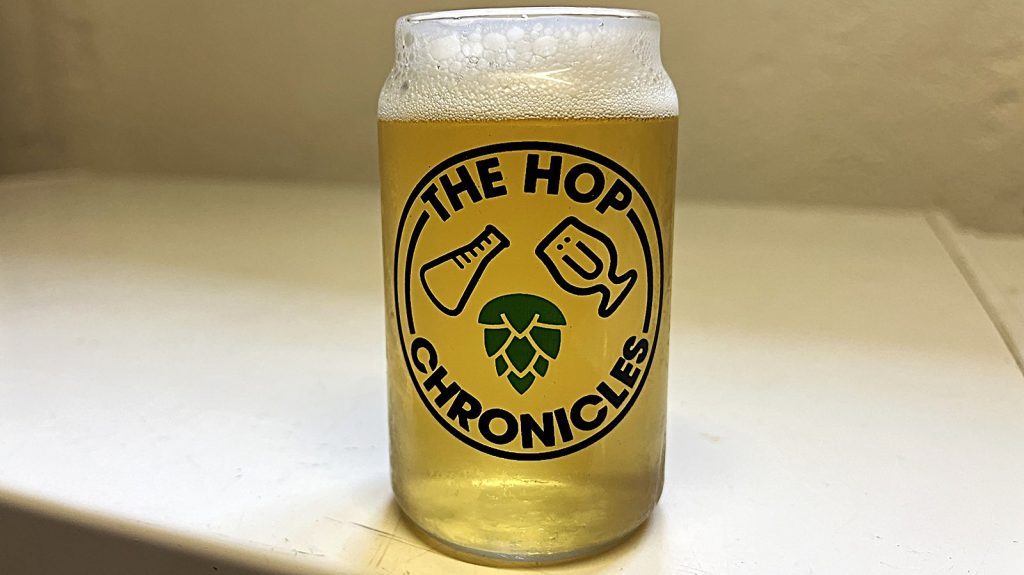
| METHOD |
Participants were instructed to focus only on the aromatic qualities of the beer before evaluating the flavor. For each aroma and flavor descriptor, tasters were asked to write-in the perceived strength of that particular characteristic on a 0-9 scale where a rating of 0 meant they did not perceive the character at all and a 9 rating meant the character was extremely strong. Once the data was collected, the average rating of each aroma and flavor descriptor was compiled and analyzed.
| RESULTS |
A total of 19 people participated in the evaluation of this beer, all blind to the hop variety used until after they completed the survey. The average aroma and flavor ratings for each descriptor were plotted on a radar graph.
Average Ratings of Aroma and Flavor Perceptions
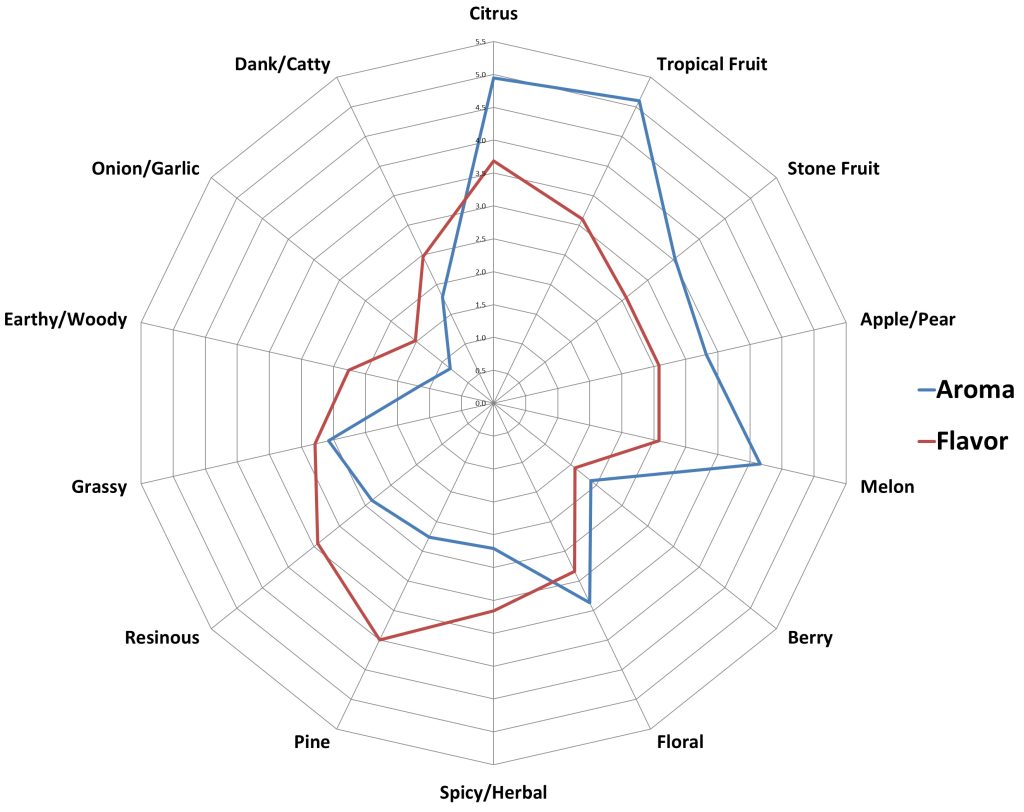
The 3 characteristics endorsed as being most prominent by participants:
| Aroma | Flavor |
| Tropical Fruit | Pine |
| Citrus | Citrus |
| Melon | Resinous |
The 3 characteristics endorsed as being least prominent by participants:
| Aroma | Flavor |
| Onion/Garlic | Onion/Garlic |
| Earthy/Woody | Berry |
| Dank/Catty | Earthy/Woody |
Next, participants were asked to rate the pungency/strength of the hop.

Tasters were then instructed to identify beer styles they thought the hop would work well in.
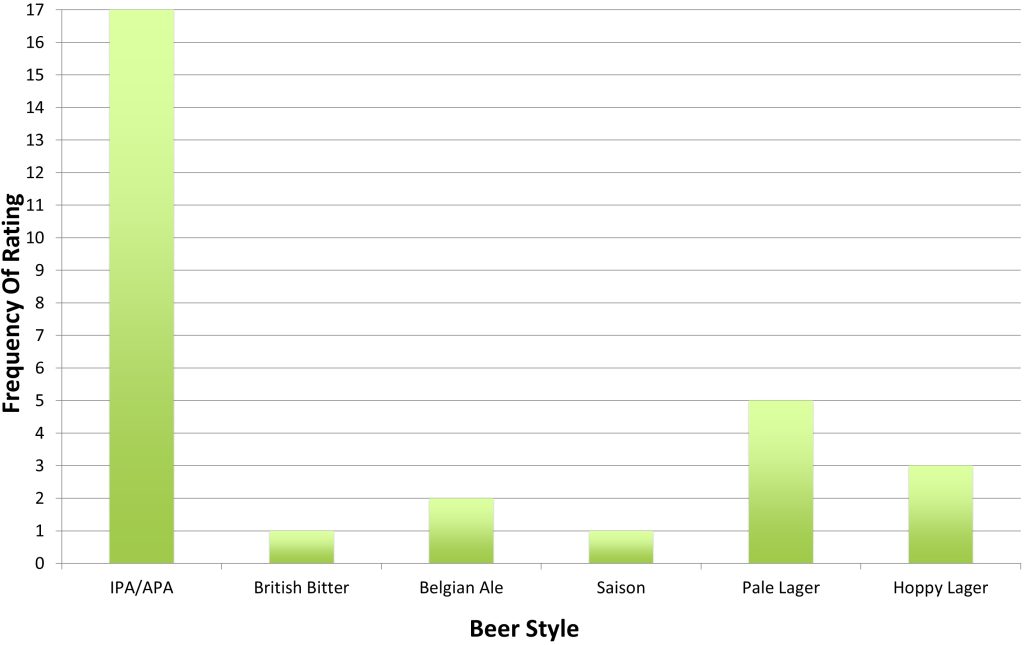
Finally, participants were asked to rate how much they enjoyed the hop character on a 0 to 10 scale.
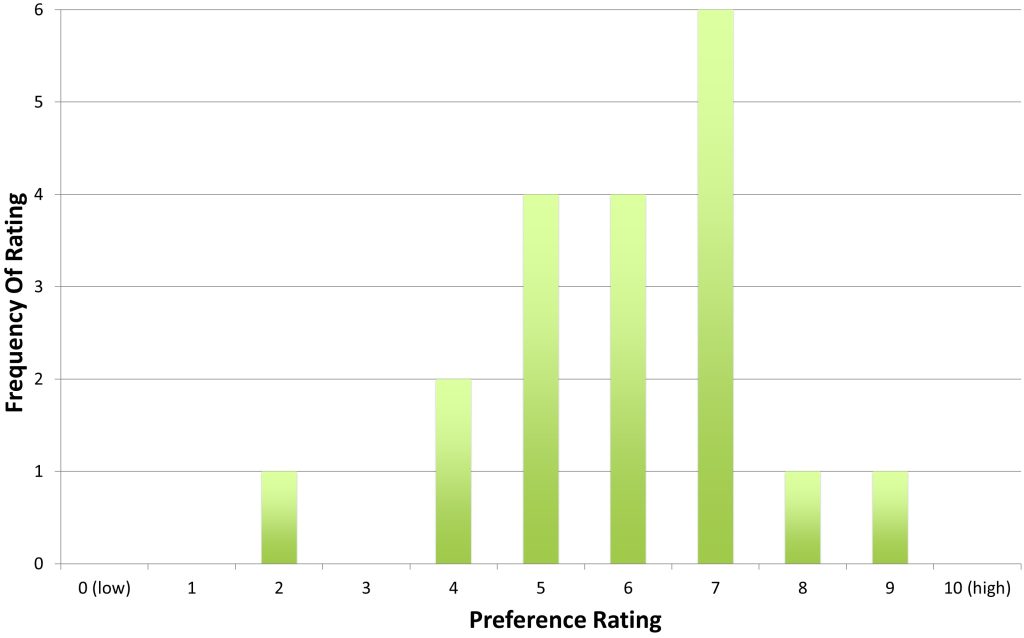
My Impressions: I perceived this beer to have a unique hop quality, namely in that the aroma was quite different than the flavor. Whereas I got pleasant notes of citrus, peach, pineapple, and floral on the nose, I perceived an interesting bitter orange peel character on the palate. That’s not to say it was bad, in fact I felt it was rather enjoyable for a single-hop beer.
| CONCLUSION |
With how advanced modern agricultural science has become, it can be easy to forget that many classic hop varieties weren’t intentionally bred, but rather discovered growing in the wild. Such is the case for Elani, a variety found in an area of northern Idaho where miners and loggers once practiced the art of brewing. Said to impart beer with pungent notes of tropical fruit and citrus, it has found favor among some brewers of modern hoppy styles.
Whereas the citrus was among the most prominent aroma and flavor characteristics noted by people who evaluated a Pale Ale made solely with Elani, there were some curious differences. Indeed, tasters picked up tropical fruit and melon on the nose, while they reported perceiving notable pine and resinous flavors. Less desirable notes of onion/garlic and earthy/woody were the least endorsed characteristics. Moreover, a majority of tasters rated the overall hop pungency as being strong, which may explain why IPA/APA were the styles most felt Elani would word well in.
While I wouldn’t say the expectations I had based on existing descriptions of Elani prior to brewing were fully met, I was quite pleased with the generally fruity nature this variety contributed when used on its own. The differences I experienced between the aroma and the flavor, which appears to have been shared by the blind tasters, was a bit odd, but the beer was still enjoyable. I look forward to using Elani in combination with other fruit-forward hops in future batches of West Coast IPA, as well as seeing how it plays in more delicate styles.
Elani hops are available now at Yakima Valley Hops, get some while you can! If you have any thoughts on this variety, please feel free to share them in the comments section below.
Support Brülosophy In Style!
All designs are available in various colors and sizes on Amazon!
Follow Brülosophy on:
FACEBOOK | TWITTER | INSTAGRAM
If you enjoy this stuff and feel compelled to support Brulosophy.com, please check out the Support page for details on how you can very easily do so. Thanks!


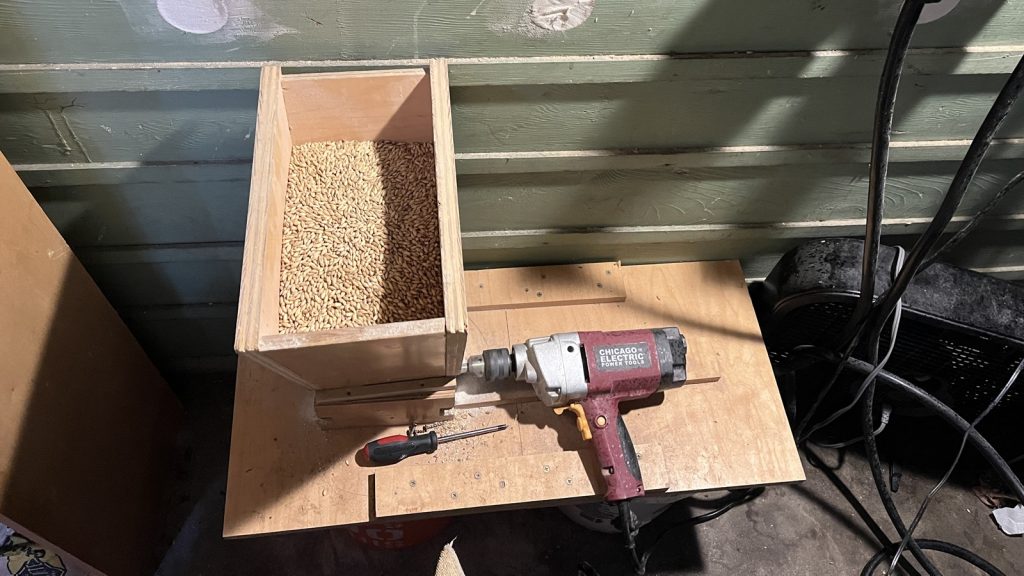
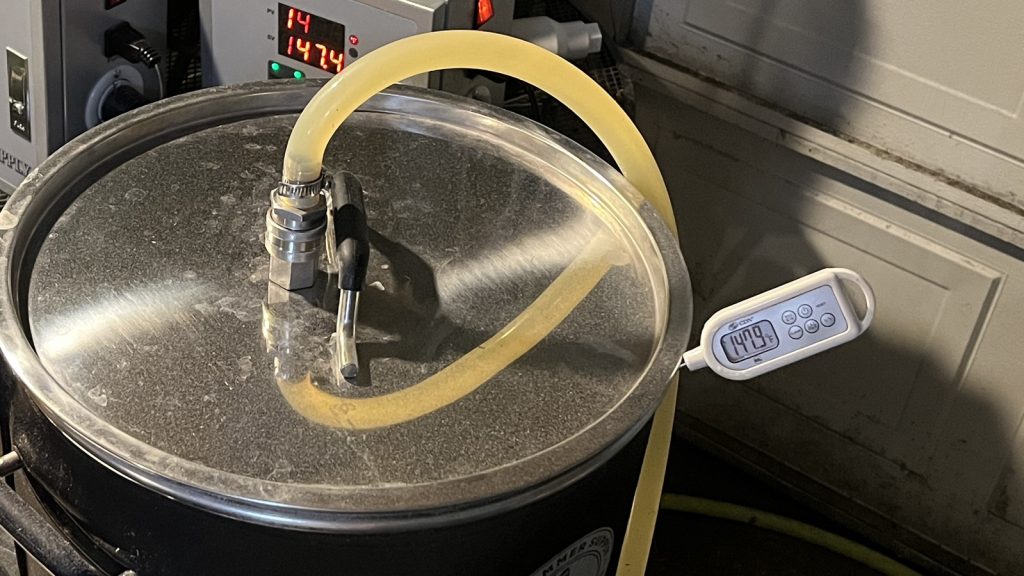
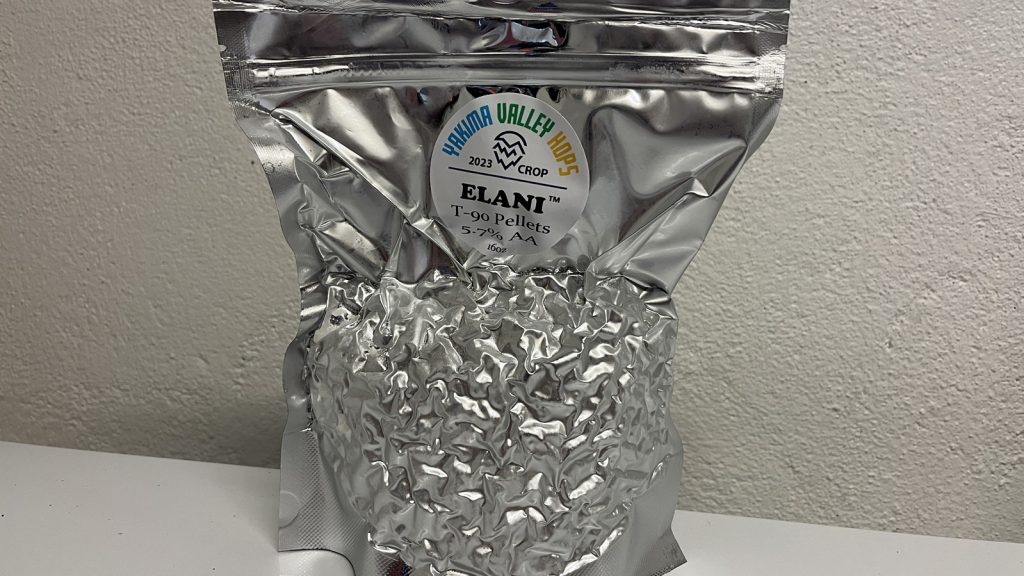
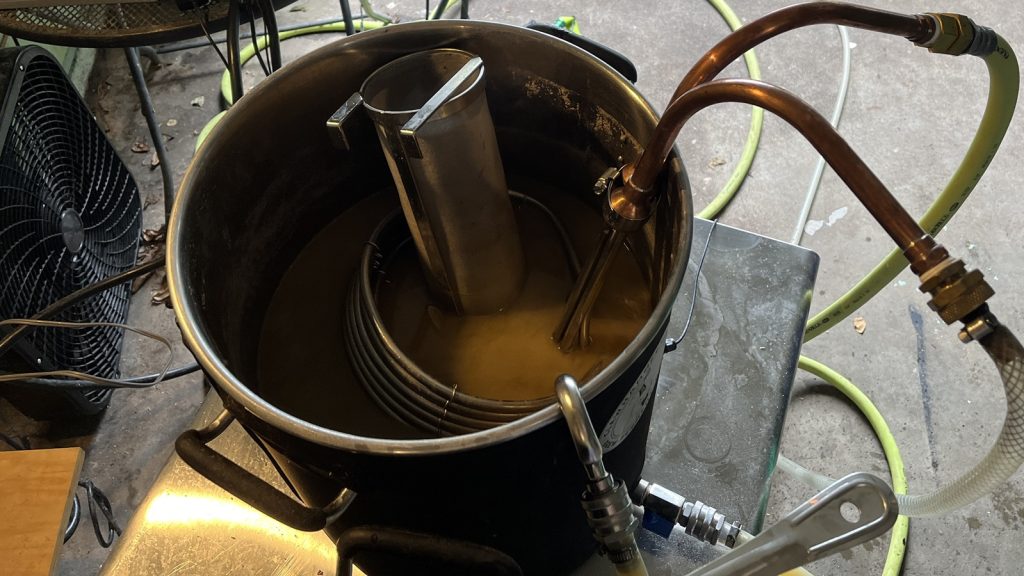
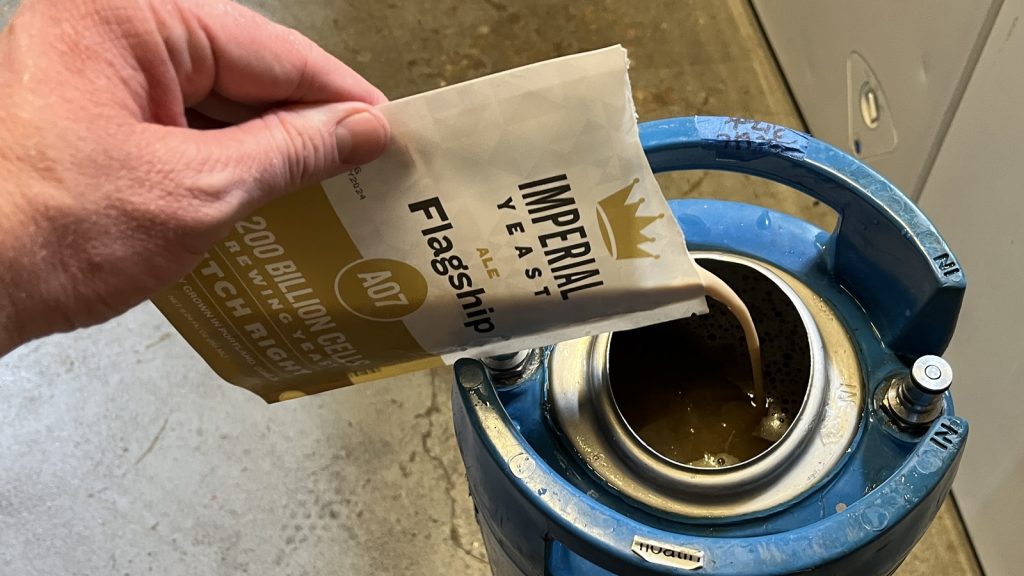







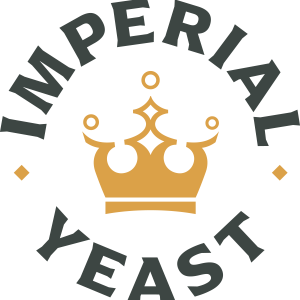

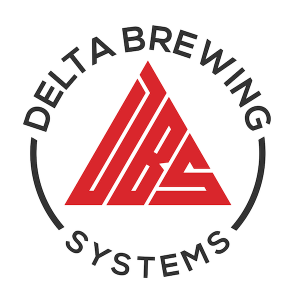


2 thoughts on “The Hop Chronicles | Elani (2023) Pale Ale”
This seems like a desirable hop in an IPA for me, as I like the combination of the citrus and floral aromas and the more resinous/piney flavors. As I am relatively new to homebrewing, I’d like to know which “fruit-forward” hops you’d use in combination with Elani?
Cheers!
I recently brewed a ‘fruit-forward hopped’ IPA featuring Elani, Citra, Mosaic, and Strata. It’s a great combo! If you want more tropical fruit notes, I would lean into some modern NZ varieties like Nectaron.